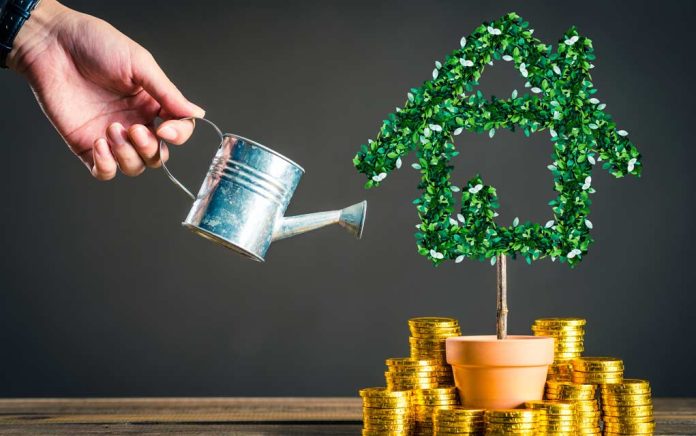
Answer: Safety
If there’s a Holy Grail in the finance game, it’s the idea of a safe investment – a way to deploy your money that will give you a worthwhile return without exposing it to danger. The problem is, there’s no such thing as a safe investment. Any investment involves at least some risk – even a savings account at the bank. That’s because there’s a lot more to investment risk than most people understand.
When you hear “risky investment,” you probably think of stocks, where the price can go down as well as up. Maybe you think of investing in a tech start-up, where you can get a huge return if the company succeeds – but lose everything if it fails. Those are market risks, and they’re what most people mean when they talk about risky investments.
Market risks aren’t the only kind, though. Here’s one that most people never think of – inflation risk. If you put your money in a savings account it’s safe from market risks; even if the Dow Jones crashes through the floor tomorrow your funds will keep earning interest at the current rate.
The problem is, right now the average savings account pays about 1.3% interest – but inflation is running at just over 2%. This means that even if you don’t touch the interest on your money, it’s steadily losing value. In fact, inflation almost always eats away at savings faster than interest grows them, so a savings account isn’t a safe investment at all.
On top of that there’s emotional risk, and this is actually the one that does most damage to the average investor. When you see something doing really well, the natural impulse is to invest in it; when your investment tanks, the impulse is to sell. The problem is that the key to smart investing is to buy low and sell high – but emotional risk makes most people do exactly the opposite.
No investment is safe; that’s just a fact. To invest, you need to expose your capital to the economy in some way – and that means risk. The trick is not to avoid risk; it’s to be smart about how you take it.
Focus on the Upside. Looking for the safest possible investments is a defensive strategy. Your focus is on minimizing the damage, when it should be on maximizing the return. There’s no such thing as safety in investing, so forget about it and start looking for investments that can multiply your money. Why settle for a 1.3% return that will be eaten by inflation anyway, when you can pick assets that can multiply your money by ten, a hundred, even a thousand times?
The most successful investors get in early stage opportunities where the risk is the highest but so is the upside. Savvy investors literally plan on 8 or 9 out of 10 of their investments failing. What they are looking for is that ONE deal with 100-1000x potential. It’s a multiplication effect that makes early stage investing pay off big. How can the average person become an early stage investor? Today companies like Angel.co make it easy for anyone with as little as $1,000 to invest with the same upside potential as the savvy Venture Capitalists who find these deals in the first place.
It’s true that, in general, a higher upside means more risk – but it’s not always true. Some assets are almost guaranteed to give a good return in the medium to long term; others will reward a short-term investment. Achieving the retirement income you want isn’t about looking for the safest option; it’s about being active, looking for returns and taking the opportunity when you see it.
If you plan your investment strategy mostly around avoiding risks, you may have already lost. Instead, consider balancing risks against rewards with a safe amount of capital invested in a number of high upside opportunities. They don’t pay off that often, but you may only need one to hit big and make up for all the others and then some.
~Here’s to your Financial Health


















